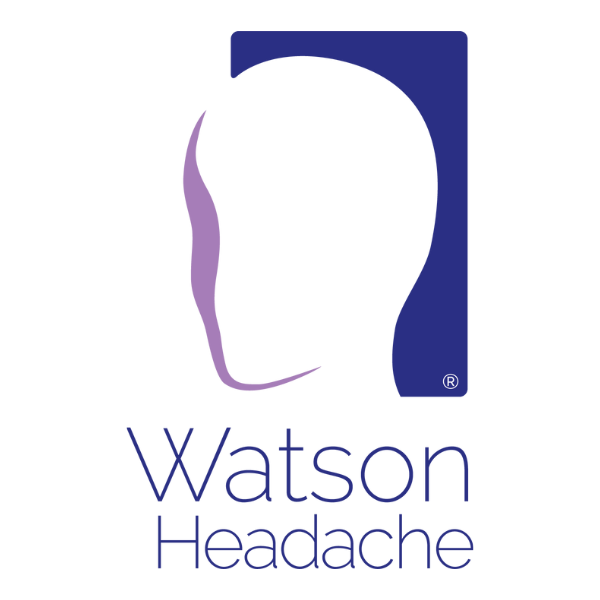Watson, sensing that his colleague has relaxed, decides to continue, “I mentioned earlier that other researchers have investigated glycosaminoglycans (GAGs) in cervical discs because it is recognised that the annulus fibrosus (AF) and nucleus pulposus (NP) vary substantially in the content of the two main macromolecular components, collagen and aggrecan.”(1)
Aggre… what?
“What is aggrecan?” “Aggrecan is a large proteoglycan attached with approximately 100 GAG ‘side chains’,”(2) replies Watson; as a puzzled look is returned, Watson continues, “It is a protein that holds glycosaminoglycans. Aggrecan is a ‘tree trunk’ with many ‘branches’ that are glycosaminoglycans (GAGs). These ‘branches’ help give cartilage its cushioning and supportive properties.”
“That helps,” sighs Watson’s colleague.
Watson, who wants to capitalise on his colleague’s appreciation, continues. “So high concentrations of aggrecan provide the osmotic properties necessary for normal tissue function with the GAGs producing the swelling pressure – predominately of the NP – that counters compressive loads on the tissue.”
“Yes,” responds Watson’s colleague hesitantly. “So, does this mean the disc’s functional ability depends on a high GAG/aggrecan concentration being present?”(3, 4)
The Aggrecan and Collagen Tango
“Yes, and research demonstrates that aggrecan dominates the NP – around 50% in the NP and only 10–20 % in the AF, (3) whereas the distribution of collagen is the opposite with 20–30% in the NP and 70 % in the AF.”(5) confirms Watson. “Furthermore, analyses revealed significantly higher GAG content in the NP compared to the AF, and GAG concentrations were higher in the posterior than the anterior portion of the AF.”
Relevance to the Hypothesis
“So, is there anything here that supports your hypothesis?” enquires Watson’s sceptical colleague.
“Well, the authors speculated that the higher GAG content posteriorly correlated with zones of higher strain, perhaps indicating that the posterior aspect of the AF is subject to more tension.”(6) elaborates Watson, “and I am suggesting that an asymmetrical distribution of intradiscal pressure places strain on the AF, triggering a hypertonic response of the ipsilateral Inferior Obliquus Capitis, which in turn stresses all three upper (potential head pain referring) segments.”
Watson, mindful that his colleague is a little overwhelmed, is keen to clarify the body of research, “It is clear that scanning electron microscopy, the presence of GAGs and (increased) T2 values confirms viscosity exists, and demonstrates that the NP is a clearly defined (distinct from the AF) entity in the C2-3 intervertebral disc. Additionally, these characteristics are evident in the 4th and 5th decades. This body of research contradicts previous findings that the NP is ‘a deep core of undissectable fibrocartilaginous material.’(7, p. 620) and an earlier study,(8), where the infantile NP was found to be replaced by ‘fibrocartilage and dense fibrous tissue in the first half of the second decade.’(8, p. 1205) and in the adult disc leads ‘… up to obliteration of the disc.’ ”(8, p. 1205)
It’s Only a (Reasonable?) Hypothesis
“Well, that certainly changes my perspective of cervical discs, particularly ageing of intervertebral discs; I can see some logic in your hypothesis,” acknowledges Watson’s colleague.
“Yes, whilst I think my perspective is logical, following elementary manual therapy clinical reasoning principles, it is only a hypothesis – I stand to be corrected in the future.”
References:
magnetic resonance imaging. A comparative biochemical, histologic, and radiologic study in cadaver spines. Spine (Phila Pa 1976). 1991;16(6):629-34.
- Haneder S, Apprich SR, Schmitt B, Michaely HJ, Schoenberg SO, Friedrich KM, et al. Assessment of glycosaminoglycan content in intervertebral discs using chemical exchange saturation transfer at 3.0 Tesla: preliminary results in patients with low-back pain. Eur Radiol. 2013;23(3):861-8.
- Urban JP, Winlove CP. Pathophysiology of the intervertebral disc and the challenges for MRI. J Magn Reson Imaging. 2007;25(2):419-32.
- Roughley P, Martens D, Rantakokko J, Alini M, Mwale F, Antoniou J. The involvement of aggrecan polymorphism in degeneration of human intervertebral disc and articular cartilage. Eur Cell Mater. 2006;11:1-7; discussion
- Theadom A, Parag V, Dowell T, McPherson K, Starkey N, Barker-Collo S, et al. Persistent problems 1 year after mild traumatic brain injury: a longitudinal population study in New Zealand. Br J Gen Pract. 2016;66(642):e16-23.
- Bostelmann R, Bostelmann T, Nasaca A, Steiger HJ, Zaucke F, Schleich C. Biochemical validity of imaging techniques (X-ray, MRI, and dGEMRIC) in degenerative disc disease of the human cervical spine-an in vivo study. Spine J. 2017;17(2):196-202.
- Mercer SR, Jull GA. Morphology of the cervical intervertebral disc: implications for McKenzie’s model of the disc derangement syndrome. Man Ther. 1996;1(2):76-81.
- Oda J, Tanaka H, Tsuzuki N. Intervertebral disc changes with aging of human cervical vertebra. From the neonate to the eighties. Spine (Phila Pa 1976). 1988;13(11):1205-11.

